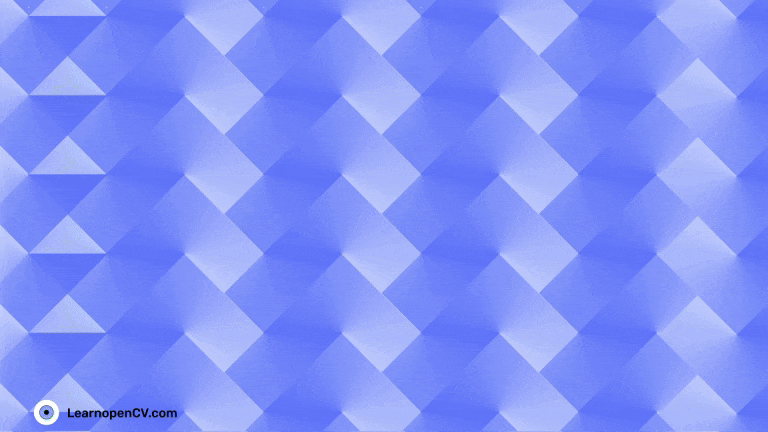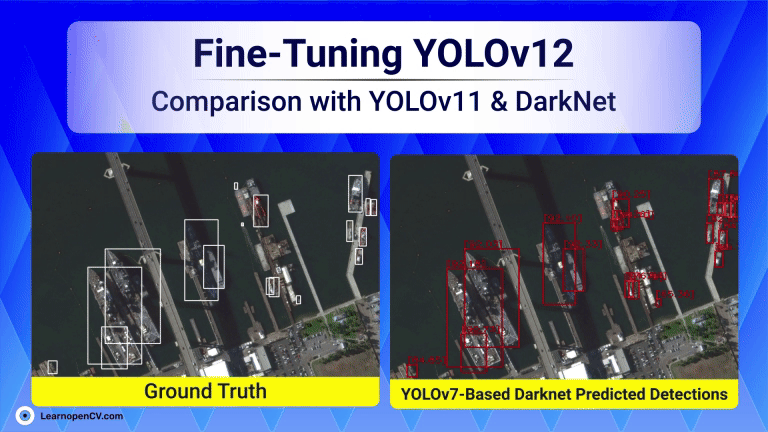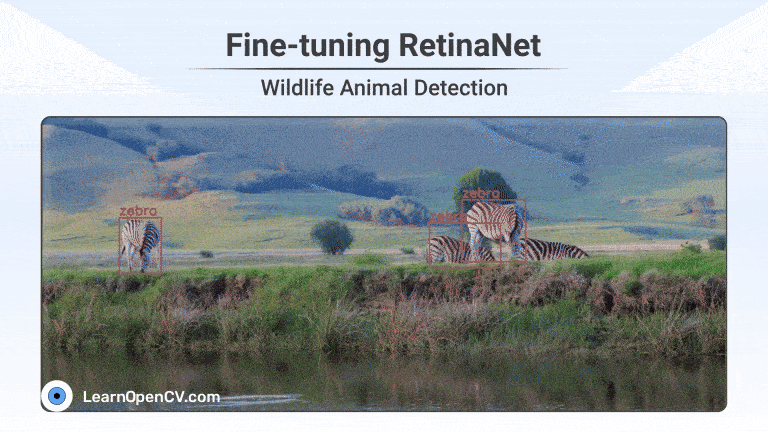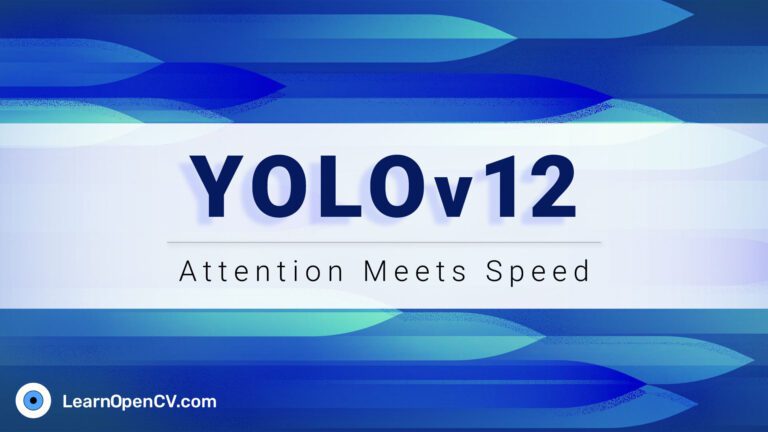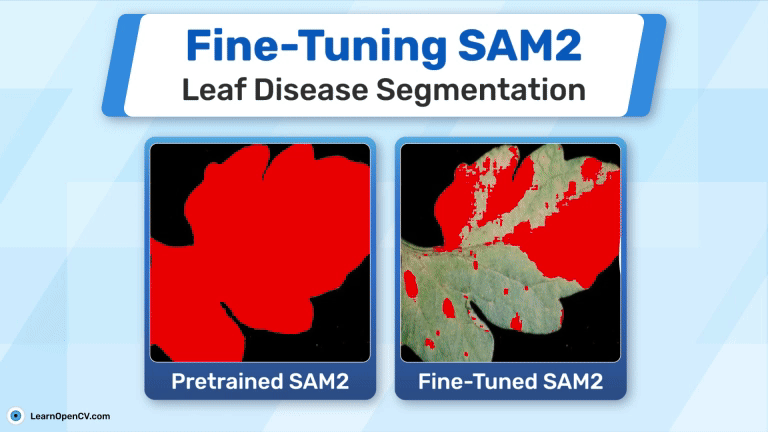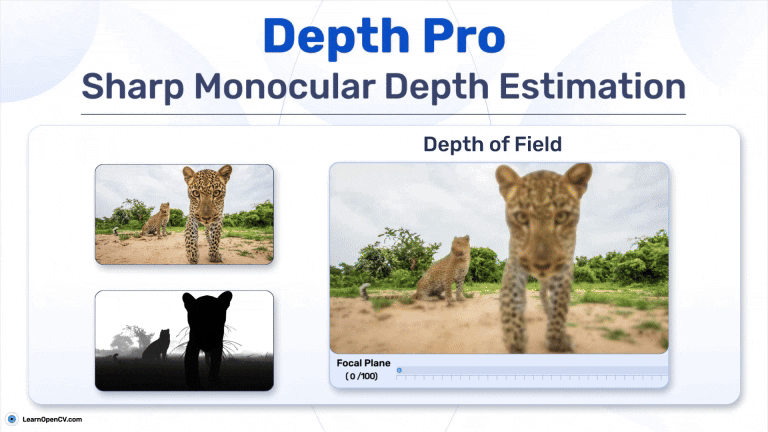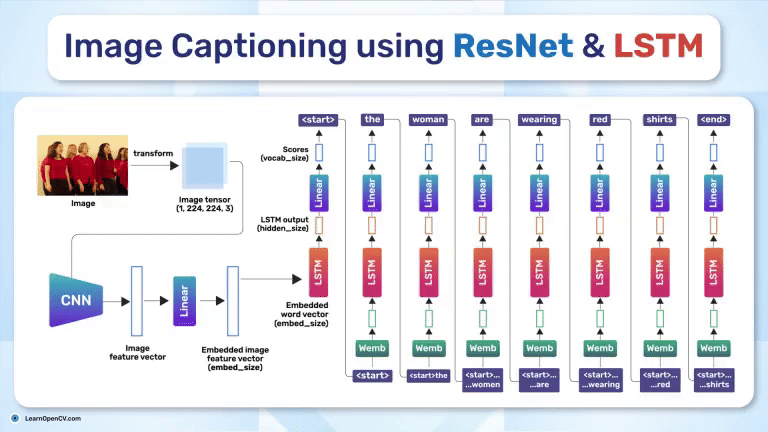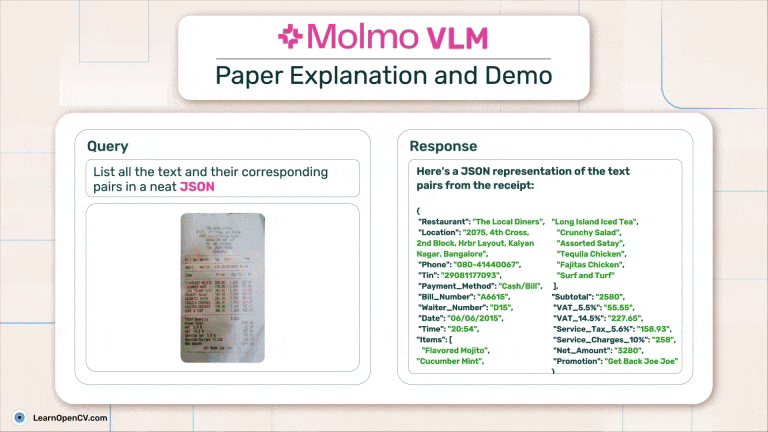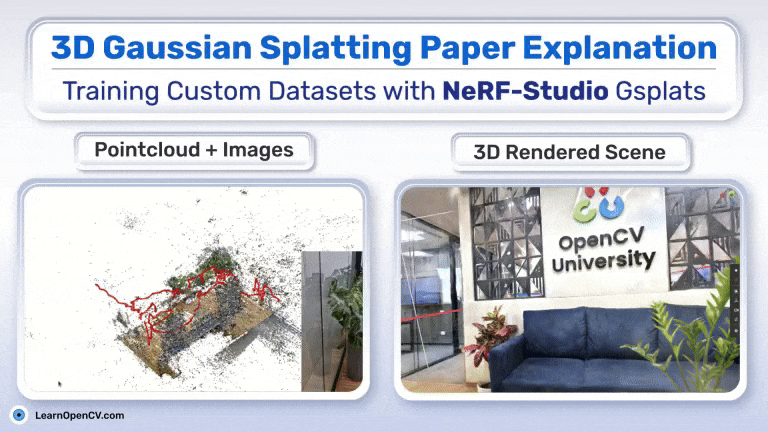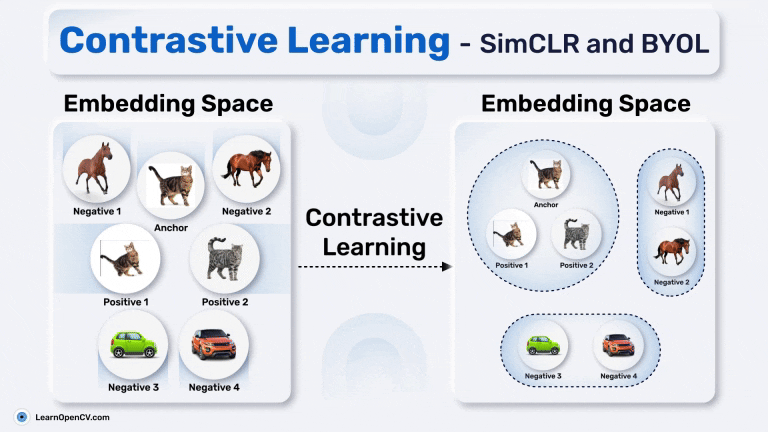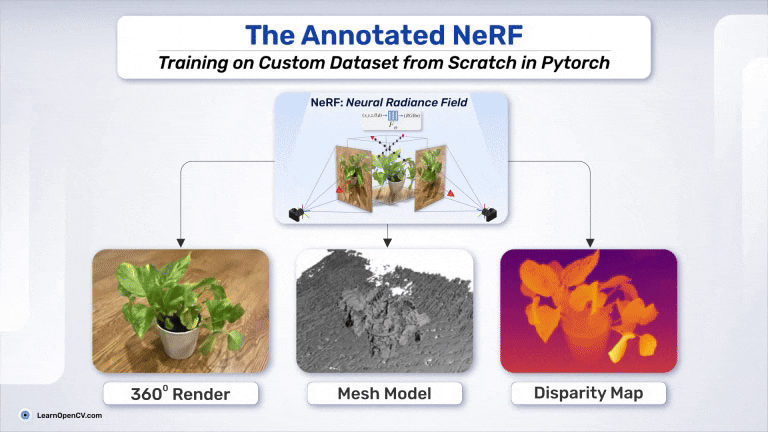Computer Vision
Imagine being able to separate the foreground from the background in your videos with clear, accurate mattes every time. With AI models like MatAnyone, video matting delivers precise alpha mattes
Object detection has undergone tremendous advancements, with models like YOLOv12, YOLOv11, and Darknet-Based YOLOv7 leading the way in real-time detection. While these models perform exceptionally well on general object detection
Real-time object detection has become essential for many practical applications, and the YOLO (You Only Look Once) series by Ultralytics has always been a state-of-the-art model series, providing a robust
3D Gaussian splatting (3DGS) has recently gained recognition as a groundbreaking approach in radiance fields and computer graphics. It stands out as a jack of all trades, addressing challenges that
3D Gaussian Splatting (3DGS) is redefining the landscape of 3D computer graphics and vision — but here’s a catch: it achieves groundbreaking results without relying on any neural networks, not
Supervised Learning has been dominant for years, but its reliance on labeled data—a costly and time-consuming resource—creates challenges, especially in areas like medical imaging. On the other hand, Unsupervised Learning,
In recent years, the field of 3D from multi-view has become one of the most popular topics in computer vision conferences, with a high number of submitted papers each year.

